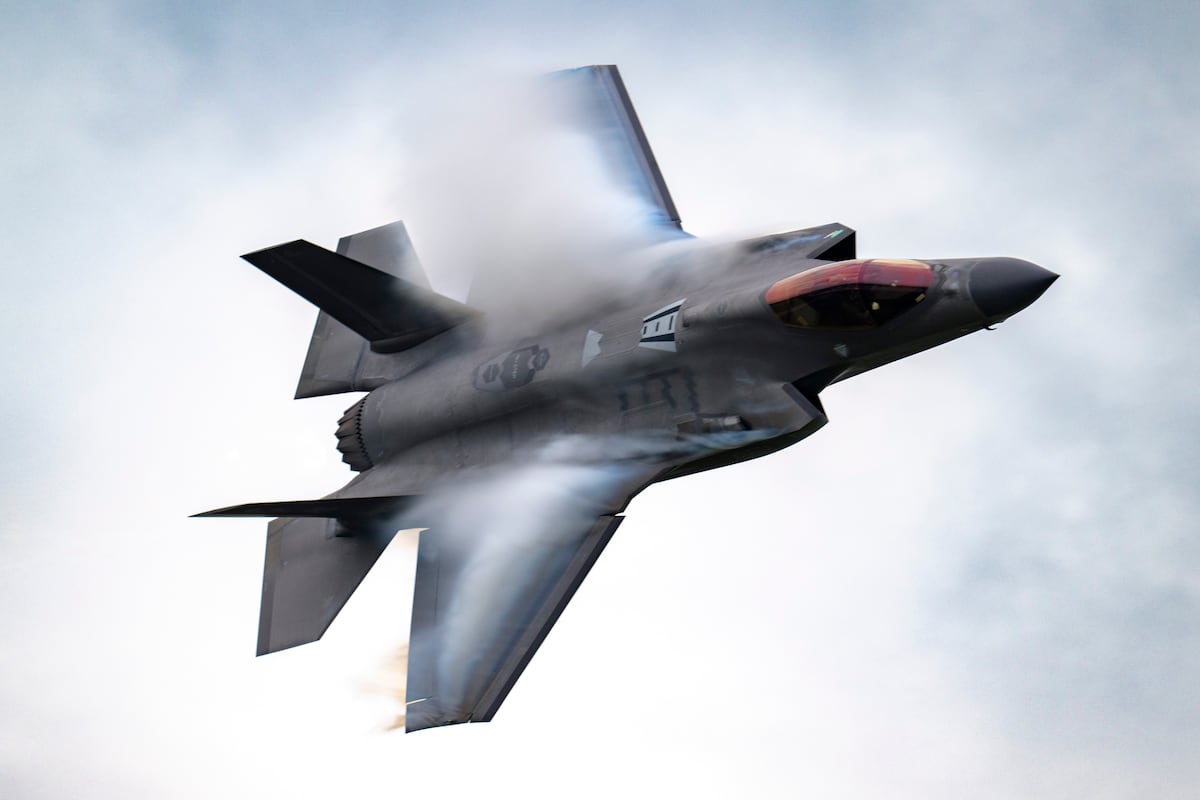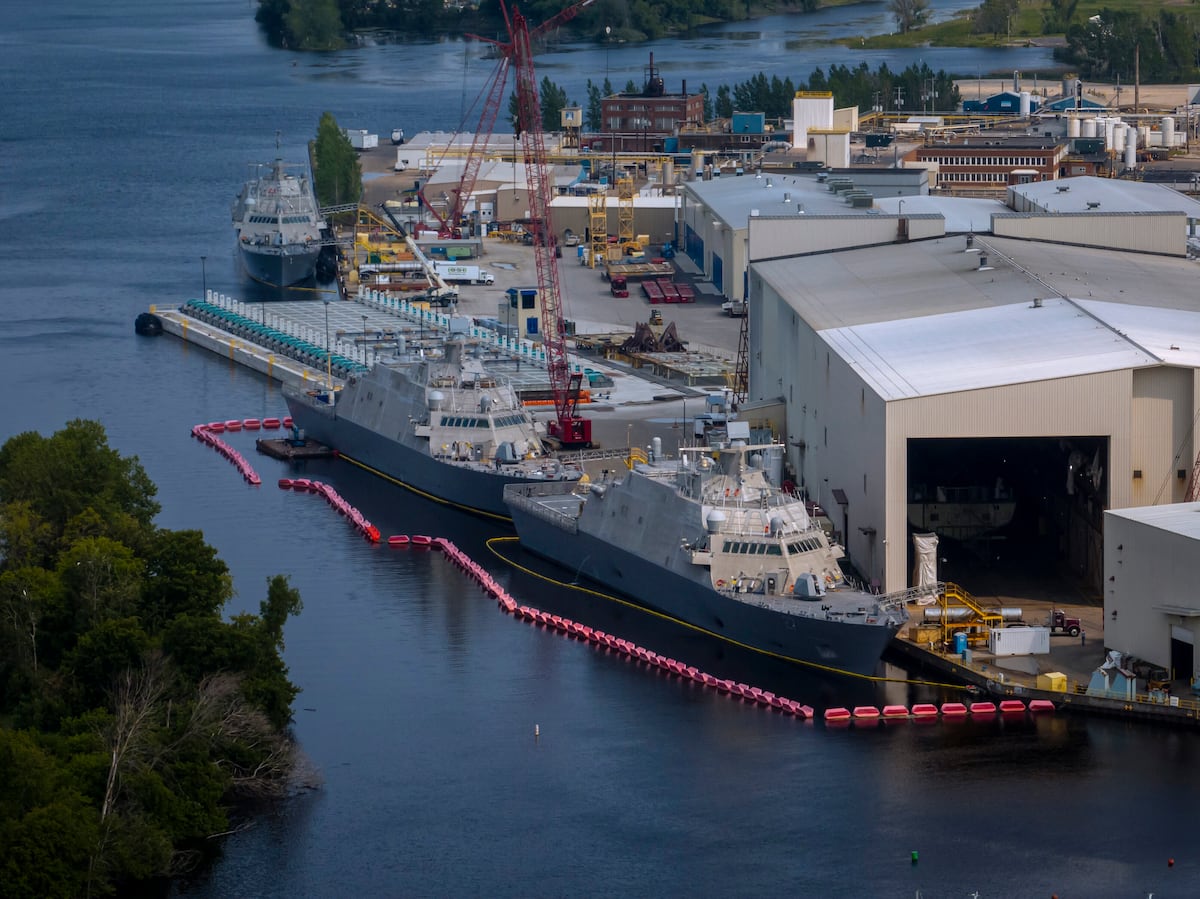The head of Boeing’s space mission systems business envisions at least two of the company’s product lines as a clear fit for the Pentagon’s Golden Dome homeland missile defense capability — the X-37B spaceplane and a fleet of missile-tracking satellites the firm is developing for the Space Development Agency’s “Foo Fighter” program.
The Pentagon is still crafting its architecture recommendations for the project, which will include a mix of advanced sensors and potentially a fleet of in-space interceptors designed to defeat enemy missiles. Officials have said this initial analysis phase involves determining which existing capabilities to scale and what new technologies it will need to develop.
Boeing’s Michelle Parker told Defense News the company’s conversations with the Pentagon about Golden Dome have focused on which production lines the company can ramp up and where it can invest over time to bring new technology to existing systems.
“In addition to the technology aspects of Golden Dome, it’s the ability to get something quickly at scale,” she told Defense News in an interview at Space Symposium in Colorado Springs. “So, what do you have now that can get up there and start to be part of that architecture, and then how do you evolve it?”
Boeing has been evolving its X-37B, an orbital test vehicle, on a regular basis since its first mission in 2010. While not an operational spacecraft, the vehicle is used to fly experiments and test maneuvers and operational concepts in orbit, most of them veiled in secrecy.
The reusable spacecraft returned from its seventh mission in March, where it demonstrated a novel aerobraking maneuver, which allows it to change orbits using minimal fuel. Space Force officials said the learnings from this mission will inform future space operations.
Boeing has built two X-37Bs, to date, and Parker said the company has the capacity to produce more if called upon.
“We would love to do that, and we believe we can,” she said.
Parker declined to discuss specifics about Boeing’s proposal for how existing capabilities might fit into the Golden Dome architecture. It’s possible the X-37B could be used to support what will likely be a rigorous test program required to validate space-based interceptor technology and the sensor network.
Boeing also has expertise supporting missile warning and defense programs. Its small satellite subsidiary, Millennium Space Systems, is developing satellites for the Space Force’s Resilient Missile Warning and Missile Tracking layer in medium Earth orbit. The company is also providing satellites for the Space Development Agency’s Foo Fighter program.
Millennium is under contract to build eight Foo Fighter satellites — and the associated ground systems — that can detect and track hypersonic missile threats. The spacecraft will carry sensors from L3Harris.
Millennium recently passed a key design review for the program, keeping it on track to deliver the first eight satellites by 2026.
To help meet Foo Fighter production demands, Parker said Boeing is expanding Millennium’s footprint within the larger company’s satellite factory, essentially doubling its capacity. If DOD calls on the firm to produce more of these spacecraft, she said, Boeing is prepared to do that and will look at ways to use more automated manufacturing tools to streamline and make more space where needed.
“We’re trying to take an approach that we’ve got our stable production lines operating. If the demand signal says expand, we can do that within the space we have,” she said.
Courtney Albon is C4ISRNET’s space and emerging technology reporter. She has covered the U.S. military since 2012, with a focus on the Air Force and Space Force. She has reported on some of the Defense Department’s most significant acquisition, budget and policy challenges.
Read the full article here







Leave a Reply